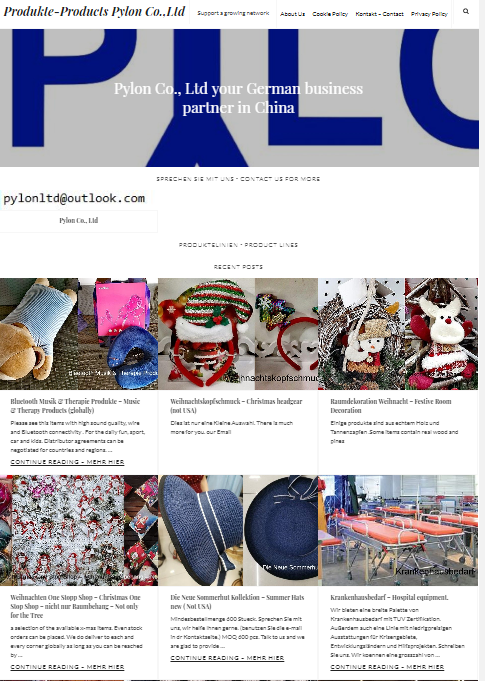- Details
-
Category: Governmental News
-
Published: Wednesday, 26 December 2012 20:18
On the annual meeting of Eastern Zhejiang Economic Cooperation Zone on 13th and 14th, representatives from 13 fields of finance, tourism, commerce and business, science and technology, ocean fishery and so on gathered in Ningbo, discussing how to promote Ningbo’s same city clearing system and share tourism resources in the Zone.
The Zone, one of the earliest regional cooperation zones in China, is a voluntarily-established economic zone, covering the five adjoining cities of Ningbo, Shaoxing, Zhoushan, Taizhou and Jiaxing. As economic cooperation increases, the capital flow among the five cities rises rapidly.
From 2009 to 2011, Ningbo has witnessed an obvious increase of its annual capital flow with the other four cities, which takes up more than 70% of its fund flow with all the other cities (not including Hangzhou) in Zhejiang Province. Fund flow in the Zone mainly depends on the China National Advanced Payment System, which includes the High Value Payment System (HVPS) and the Bulk Electronic Payments System (BEPS). The HVPS is the most convenient method which can process business within two hours on workdays, but it requires a rather high handling charge from 5 yuan to 200 yuan and if the business amount is under 50,000 yuan, there will be an additional 30% charge. The BEPS takes a longer time of about two or three days to process business and also requires high charges, especially for the business of cheque and foreign currency. The increasingly more fund flow among the five cities is challenged by the high charges and low processing efficiency.
“The rise of fund flow in the Zone requires urgent financial technological innovation to build a regional electronic payment system shared by the five cities,” according to workers from the Ningbo Branch of People’s Bank of China. Ningbo takes the lead in building the same city clearing system, which can share the resources among banks and lower the charges. The promotion of the system in the Zone will surely benefit enterprises and citizens.
- Details
-
Category: Governmental News
-
Published: Monday, 17 December 2012 09:05
Ningbo's Smart Logistics Services Platform was elected into the "top ten smart city cases", according to a report released by the China Smart City Forum recently held in Peking.
Based on Internet of Things (IOT),artificial intelligence, and information technology, Ningbo's Smart Logistics Services Platform serves as an overall supply logistics network service platform. It is one of the key projects on smart logistics system during the 12th Five-Year" period. The platform includes two parts, namely, the Ningbo E-port and fourth party logistics. It distinguished others in three aspects. Firstly, it is the first to propose the construction of the fourth party logistics market based on the logistics information service and online transaction in china. It integrates e-commerce and logistics and optimizes the resources of the buyer, the seller, the logistics provider. Secondly, the platform reforms the logistics service mode by promoting “green” logistics and reducing logistics costs. Thirdly, the platform makes wide use of GPS, IOT, and electronic sealed lead technology to ensure the real-time supervision of logistics and transport, and thus improve the efficiency of customs clearance.









